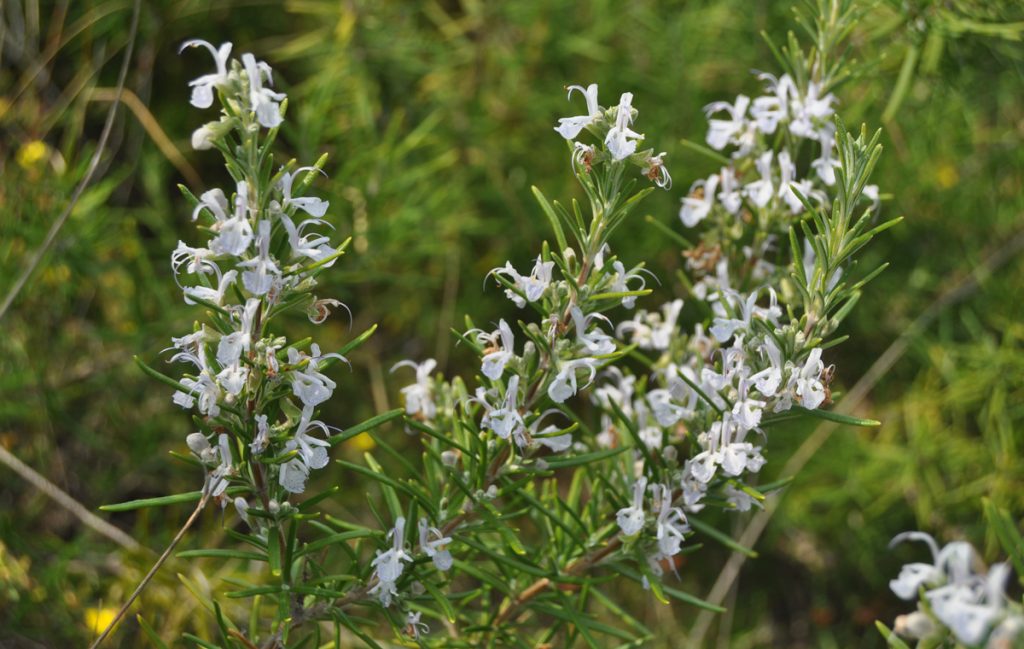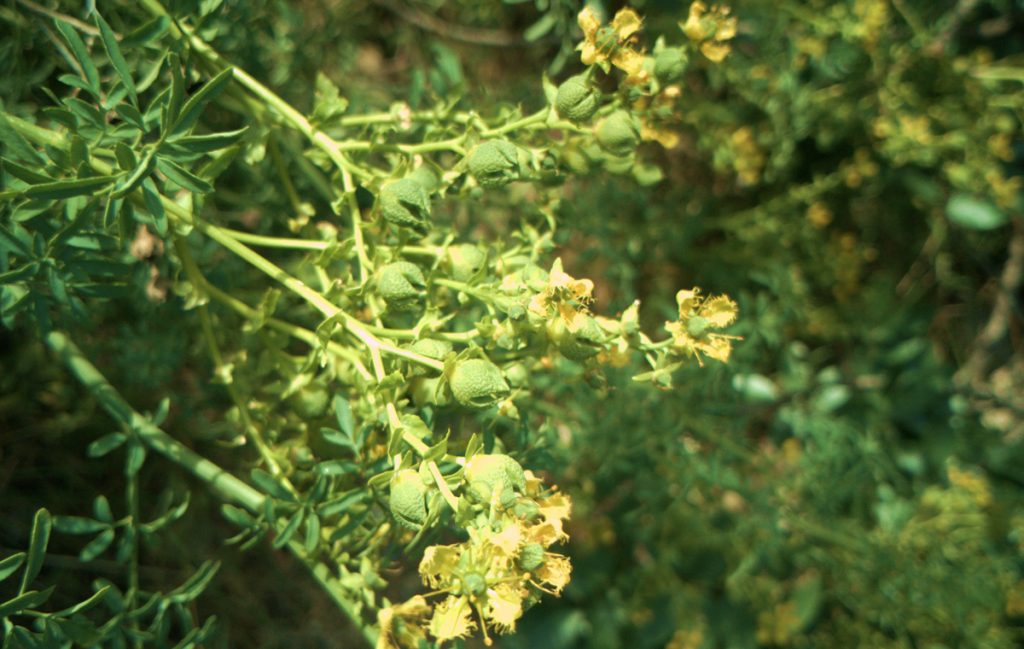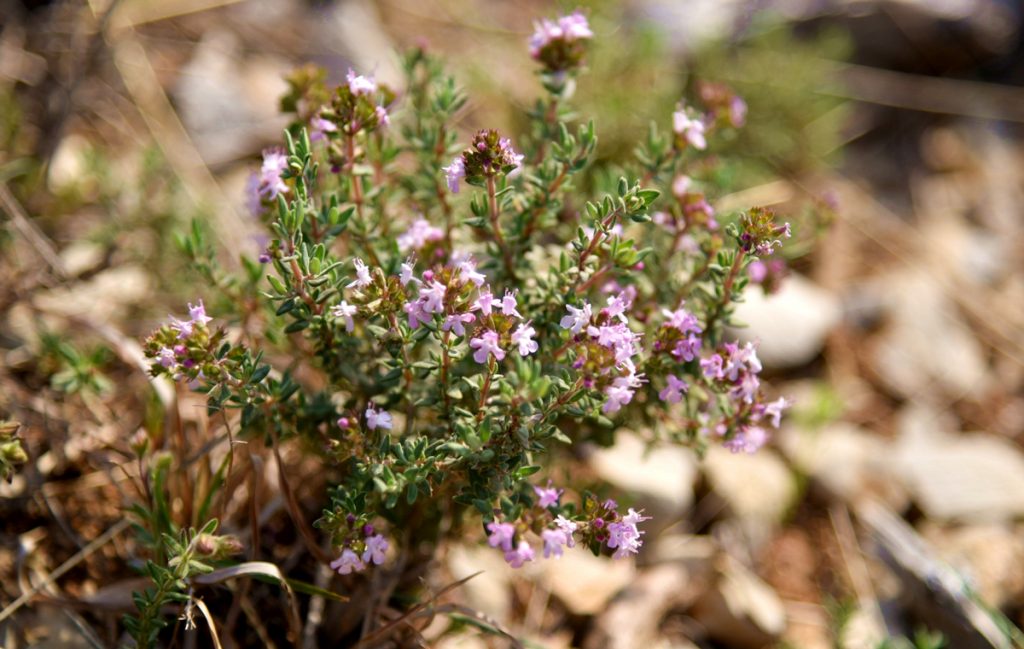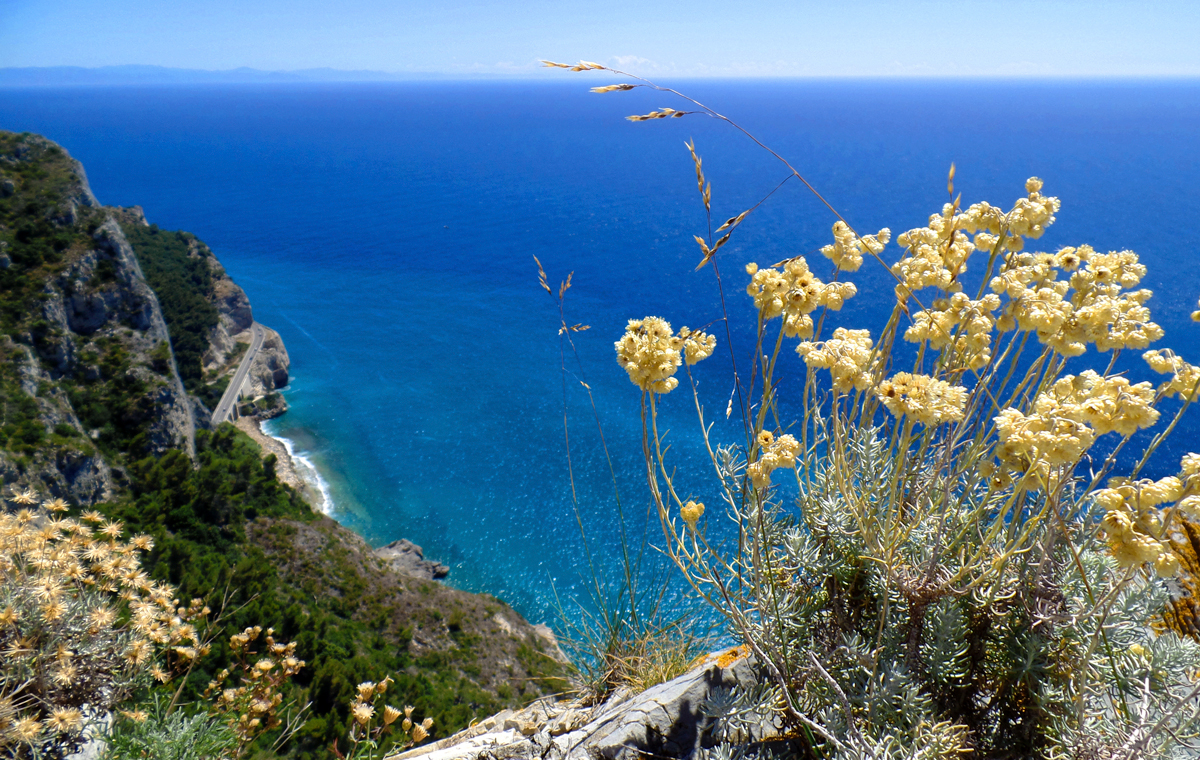Mediterranean Aromas



Wild Herbs of Finale
With Mediterranean plants, your eyes will not be enough: you really need to follow your nose!
Unique resinous, bitter and sweet scents come together on the warmest, sunniest days to create a symphony of fragrances that both surprises and inebriates.

As Mediterranean scrub has evolved over the millennia, droughts, forest fires and cattle grazing have forced local flora to develop survival strategies, such as the secretion of essential oil and resin as a protection against parasites, summer heat and evaporation.


MORE INFORMATION – Mediterranean Aromas
Indeed, species like Rue, Savory, Thyme, Mugwort, Helichrysum (also known as Italian strawflower, or immortelle) and Bituminaria Bituminosa Clover are especially common to the area. Interestingly, a number of old legends include scraps of ancient wisdom on local herbs, thereby reminding us about once widely-used knowledge that has now become the legacy of few.
Helichrysum is mentioned in an old tale about a desperate woman whose sick children were cured with a brew of Helichrysum, after she dreamt the Virgin Mary using a broom made out of strawflower. This plant, whose name signifies sun and gold, is also known as immortelle as it survives in the most extreme conditions and keeps its colour and smell after being cut.
The name Rosemary comes from Rosa Maris meaning “rose of the sea”. This ancient symbol of immortality is extremely weather-hardy and wafts a strong, salty fragrance. Legend has it that rosemary flowers were originally white, but turned blue when the Virgin Mary dropped her cloak onto a Rosemary bush whilst fleeing to Egypt. Indeed, the hills of Varigotti overlooking the sea are populated with white Rosemary.
[ls_content_block id=”7170″]



